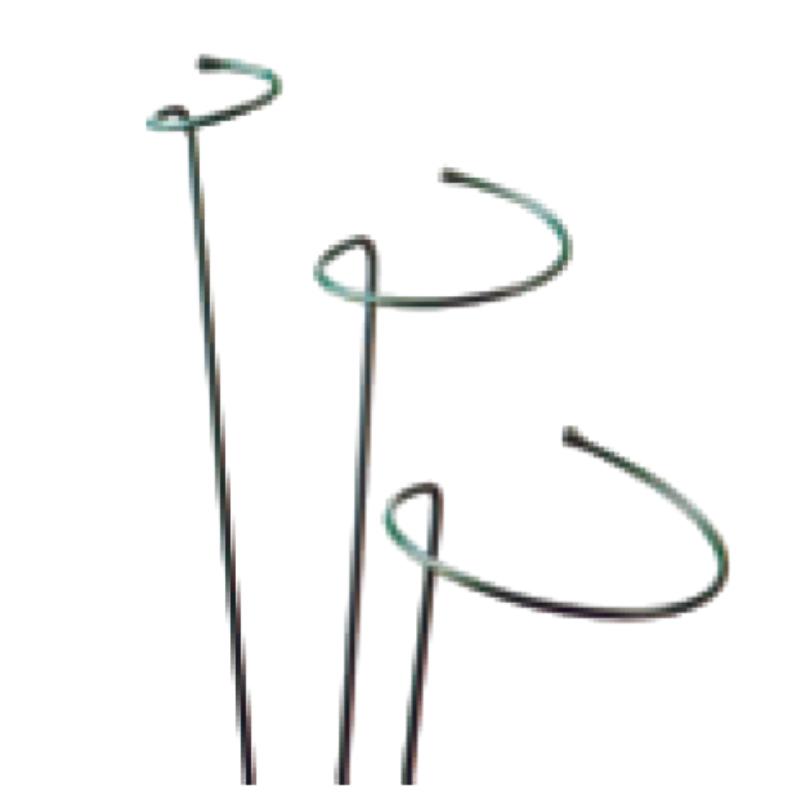-
Netfang:zhao@hyliec.cn
-
Sími:+86 311 85273988
-
WhatsAPP:8613931128750
-
 Afríku
Afríku -
 albanska
albanska -
 amharíska
amharíska -
 arabíska
arabíska -
 Armenska
Armenska -
 Aserbaídsjan
Aserbaídsjan -
 baskneska
baskneska -
 hvítrússneska
hvítrússneska -
 bengalska
bengalska -
 bosníska
bosníska -
 búlgarska
búlgarska -
 katalónska
katalónska -
 Cebuano
Cebuano -
 korsíkanskt
korsíkanskt -
 króatíska
króatíska -
 tékkneska
tékkneska -
 danska
danska -
 hollenska
hollenska -
 Enska
Enska -
 esperantó
esperantó -
 eistneska, eisti, eistneskur
eistneska, eisti, eistneskur -
 finnska
finnska -
 franska
franska -
 frísneska
frísneska -
 galisíska
galisíska -
 georgískt
georgískt -
 þýska, Þjóðverji, þýskur
þýska, Þjóðverji, þýskur -
 gríska
gríska -
 Gújaratí
Gújaratí -
 Haítískt kreóla
Haítískt kreóla -
 hausa
hausa -
 hawaiískur
hawaiískur -
 hebreska
hebreska -
 Neibb
Neibb -
 Miaó
Miaó -
 ungverska, Ungverji, ungverskt
ungverska, Ungverji, ungverskt -
 íslenskur
íslenskur -
 igbó
igbó -
 indónesíska
indónesíska -
 írska
írska -
 ítalska
ítalska -
 japönsku
japönsku -
 javanska
javanska -
 Kannada
Kannada -
 kasakska
kasakska -
 Khmer
Khmer -
 Rúanda
Rúanda -
 kóreska
kóreska -
 Kúrda
Kúrda -
 Kirgisi
Kirgisi -
 TB
TB -
 latína
latína -
 lettneska
lettneska -
 litháískur
litháískur -
 Lúxemborg
Lúxemborg -
 makedónska
makedónska -
 Malgashi
Malgashi -
 malaíska
malaíska -
 Malajalam
Malajalam -
 maltneska
maltneska -
 Maori
Maori -
 Marathi
Marathi -
 mongólska
mongólska -
 Mjanmar
Mjanmar -
 nepalska
nepalska -
 norska
norska -
 norska
norska -
 oksítanska
oksítanska -
 Pastó
Pastó -
 persneska
persneska -
 pólsku
pólsku -
 portúgalska
portúgalska -
 Púndjabí
Púndjabí -
 rúmenska
rúmenska -
 Rússneskt
Rússneskt -
 Samósk
Samósk -
 skosk gelíska
skosk gelíska -
 serbneska
serbneska -
 Enska
Enska -
 Shona
Shona -
 Sindhi
Sindhi -
 Sinhala
Sinhala -
 slóvakíska
slóvakíska -
 slóvenska
slóvenska -
 sómalska
sómalska -
 spænska, spænskt
spænska, spænskt -
 Sundaneskir
Sundaneskir -
 svahílí
svahílí -
 sænsku
sænsku -
 Tagalog
Tagalog -
 Tadsjikska
Tadsjikska -
 tamílska
tamílska -
 Tatar
Tatar -
 Telúgú
Telúgú -
 Tælensk
Tælensk -
 tyrkneska
tyrkneska -
 Túrkmena
Túrkmena -
 úkraínska
úkraínska -
 Úrdú
Úrdú -
 Uighur
Uighur -
 úsbekskur
úsbekskur -
 Víetnamska
Víetnamska -
 velska
velska -
 Hjálp
Hjálp -
 jiddíska
jiddíska -
 Jórúba
Jórúba -
 Zulu
Zulu
Metal Plant Supports
What Is The Support Structure Of A Plant?
The support structure of a plant refers to the system of tissues and organs that provide stability and enable the plant to maintain an upright position. This support structure includes several key components:
1. Cell walls: The rigid cell walls of plant cells provide structural support, especially in non-woody plants. The cell walls help maintain the shape and rigidity of the plant's cells, contributing to its overall structure.
2. Stems: Stems play a crucial role in supporting the plant and providing a framework for the attachment of leaves, flowers, and reproductive structures. The stems also facilitate the transport of water, nutrients, and sugars throughout the plant.
3. Roots: The root system anchors the plant in the soil, providing stability and support. Additionally, roots absorb water and nutrients from the soil, contributing to the overall health and growth of the plant.
4. Vascular tissues: Xylem and phloem are specialized tissues that form the plant's vascular system. Xylem transports water and minerals from the roots to the rest of the plant, while phloem transports sugars and other organic compounds to various parts of the plant.
5. Specialized structures: Some plants have specialized support structures, such as tendrils, thorns, or aerial roots, which aid in climbing, attachment, or additional support.
The combination of these structural elements allows plants to maintain their shape, withstand environmental forces, and support essential physiological processes.
Iron Plant Supports Faq
What are the benefits of using iron plant supports?
Iron plant supports offer durability and strength, making them suitable for providing robust support for heavy or sprawling plants. They can withstand the weight of mature plants and help maintain their shape and structure.
What types of plants are best supported by iron plant supports?
Iron plant supports are well-suited for providing support to a wide range of plants, including peonies, roses, delphiniums, and other tall or heavy-flowering perennials. They can also be used for supporting climbing plants such as clematis or sweet peas.
How should iron plant supports be installed?
Iron plant supports should be installed firmly in the ground to ensure stability. When supporting individual plants, place the support structure around the plant early in the growing season, allowing the plant to grow into and around the support naturally.
Are there different styles and designs of iron plant supports available?
Yes, iron plant supports come in various styles and designs, including hoop supports, grid supports, and individual stakes. These different designs cater to the specific needs of different types of plants and can provide effective support while enhancing the visual appeal of the garden.
How can iron plant supports be maintained?
To maintain iron plant supports, periodically inspect them for signs of rust or corrosion, especially if they are exposed to the elements. If rust is present, it can be removed using a wire brush, and the supports can be treated with a rust-resistant coating or paint to prolong their lifespan.






